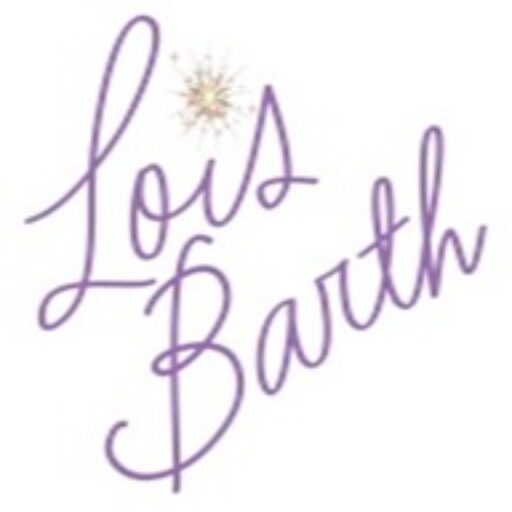Getting nailed by e-mail looks like the following things:
1) Do your most important task first WITHOUT E-MAIL.
2) Buy a timer and set it for 15 minutes and ask yourself the exact intention for this e-mail session. For example, using a session to maintain high priority relationships, catch up with a few seemingly lost friendships that you miss, or connecting with a few clients are all legitimate needs. The more specific you are what you want to use that time for, the less chance you will fall prey to the perils of e-mail. When the timer goes off, switch activities to higher priority or get real, saying out loud, “I am now giving another 15 minutes to e-mail,” and reset the timer so you aren’t in shock when your whole day has flitted by and you don’t know why “I didn’t get anything done.”
3) Use your friend connection time as part of a reward and again time it accordingly (yes and I do mean with a timer).
4) After two to three rounds of back and forth with a particular person, it would most likely be best handled by a 5 minute conversation. Disengage and actually use this archaic communication tool called the phone to make an appointment for after work to speak (if it’s not an urgent work related matter).
5) Whenever possible, use your crash and burn low blood sugar time of the day to take a break and answer your e-mails. You wouldn’t have the mental bandwidth to be tackling your more high priority or learning curve items during that time anyway, so even if you go a little unconscious you will not have had a great loss.
6) Whenever possible make a date to speak with someone rather than e-mail unless they are long-winded and you have a hard time getting off the phone, it can get handled more effectively in an e-mail, or you know the person IS NOT a phone person.
7) See e-mail and social media as a supplement not a foundational part of your creating community.

